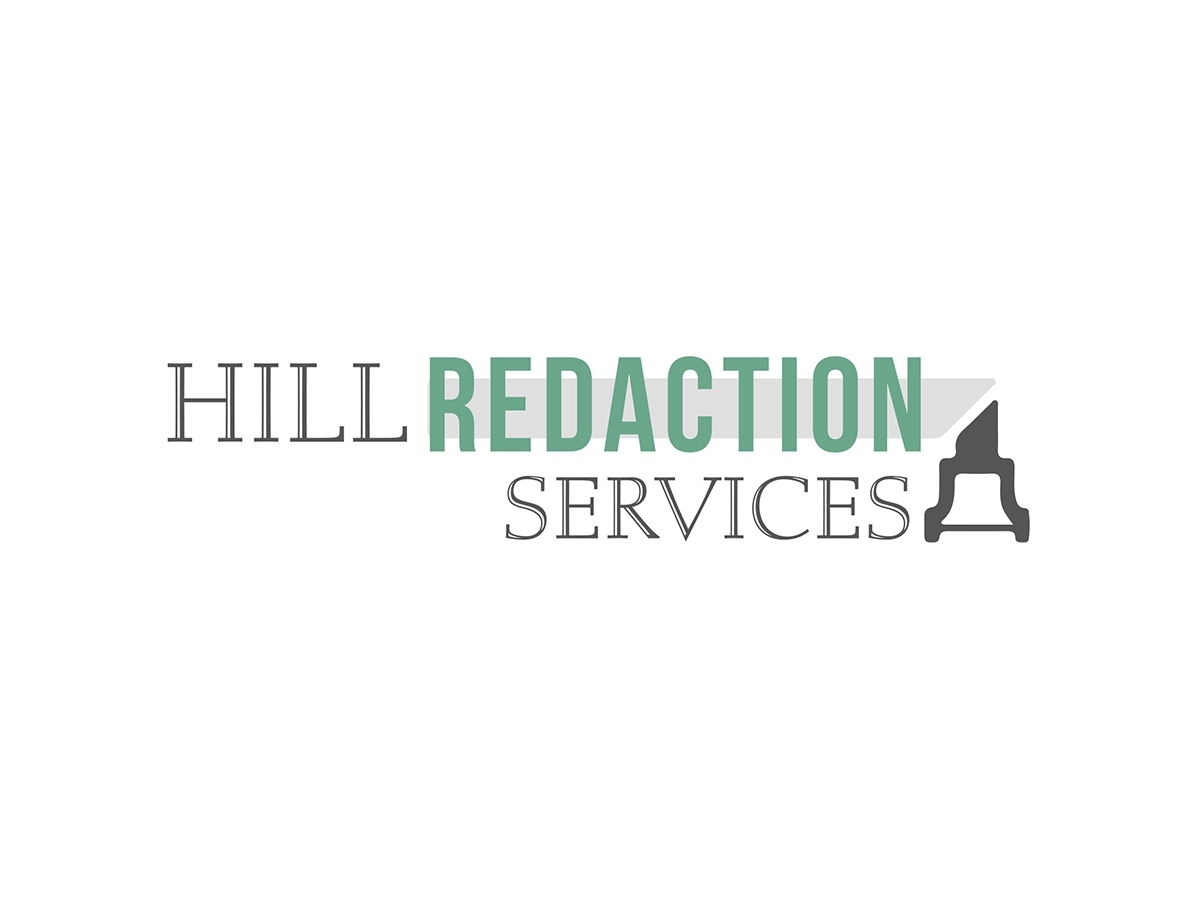In today’s digital age, healthcare is increasingly relying on data-driven strategies to improve patient outcomes. This change has made medical records management more critical than ever. Amid these changes, patient privacy has become a major concern, justifying the need for effective measures to ensure the security of sensitive information.
A widely adopted method to address this problem is de-identification of medical records. This procedure involves the systematic deletion or hiding of personally identifiable information, allowing healthcare entities to use valuable data while ensuring patient confidentiality and adhering to strict privacy laws.
Deidentification is a practice in which personally identifiable information (PII) is removed or hidden from medical records, thereby ensuring patient confidentiality. This process is crucial in the modern healthcare landscape, where data forms the backbone of research, policy development and improved patient care. By anonymizing records, healthcare providers can share and use valuable patient data without violating confidentiality agreements or privacy laws.
For example, consider a patient diagnosed with a rare disease. Their medical records contain highly sensitive information that could potentially lead to a major breakthrough in the understanding and treatment of the disease. However, disclosure of this data could infringe on the patient’s right to privacy. To achieve this, the healthcare entity anonymizes records, removing details such as the patient’s name, address, and Social Security number while preserving critical information about the disease and its treatment. This anonymized data can then be shared with researchers, thereby contributing to medical progress while preserving patient privacy.
Thus, de-identification balances the need for comprehensive health data with the equally important obligation to protect individual privacy. This demonstrates the healthcare sector’s commitment to ethical data processing and respect for patient autonomy.
The Health Insurance Portability and Accountability Act (HIPAA) Privacy Rule sets standards for protecting patient health information. Under HIPAA, once data is de-identified, covered entities can use or disclose it without limitations.
But is deidentification enough to guarantee confidentiality? While this is a crucial first step, some experts say it does not guarantee complete anonymization. Indeed, certain data elements, combined with other information, can still lead to re-identification of the patient.
Although respect for patient privacy is vital, there is an inherent tension between protecting personal information and advancing medical research and treatment. Anonymized data can
improve these areas by allowing researchers to analyze trends and patterns without compromising the privacy of individuals. It is therefore essential to find a balance between protecting privacy and promoting research.
The process of de-identifying protected health information involves modifying data to remove any identifiers associated with an individual. This may include names, addresses, social security numbers, etc. However, ensuring that this data is not re-identifiable, even when combined with other information, is an essential aspect of the process.
As technology continues to evolve, the methods used for de-identification must also advance. Proper de-identification is essential for health systems, payers, and other stakeholders to ensure HIPAA compliance. As data breaches become more common, robust de-identification practices will be paramount to protecting patient privacy.
In conclusion, de-identification of medical records is an essential healthcare practice aimed at preserving patient privacy while enabling necessary research and advancements. Although challenges exist, the evolution of de-identification strategies will continue to play a crucial role in the future of healthcare.
#Redaction #medical #records #crucial #role #deidentification #preserving #privacy #Supra
Image Source : www.jdsupra.com

